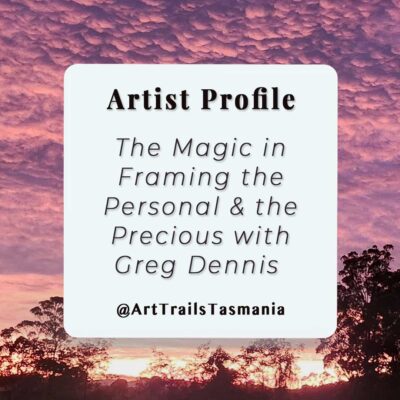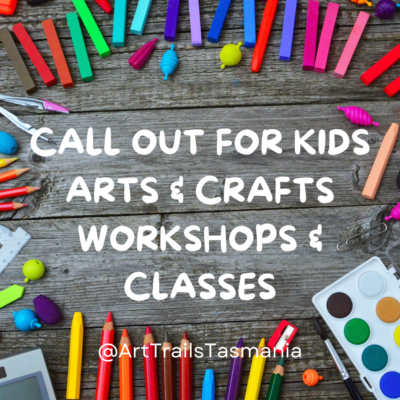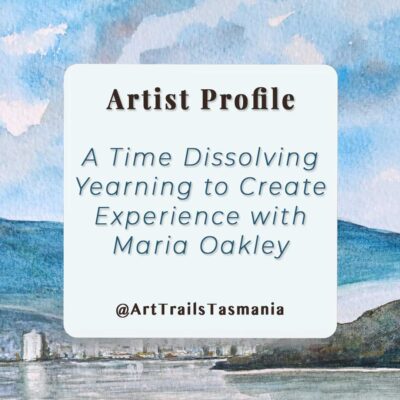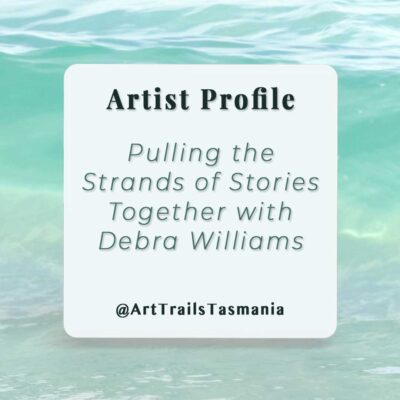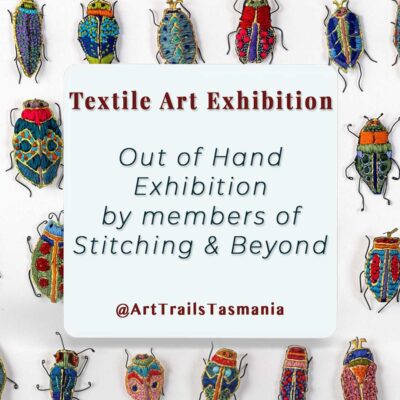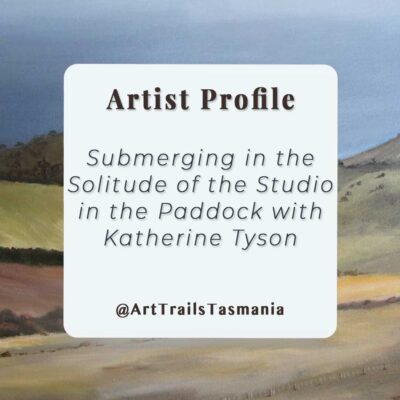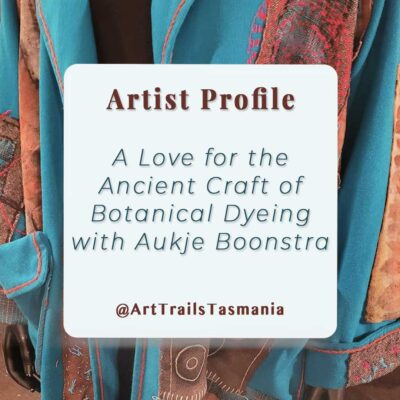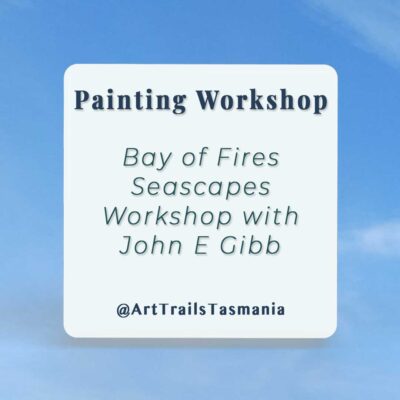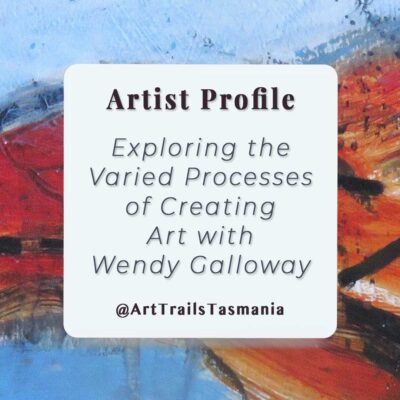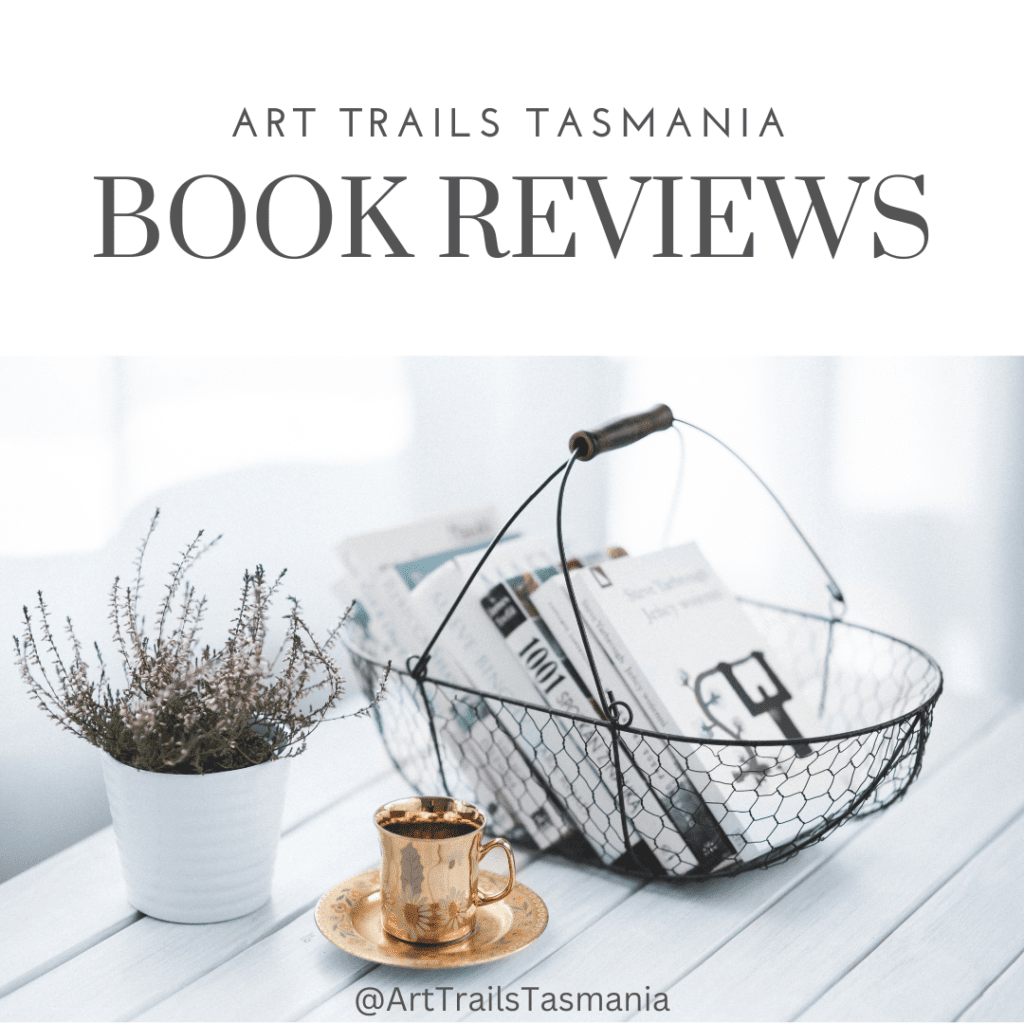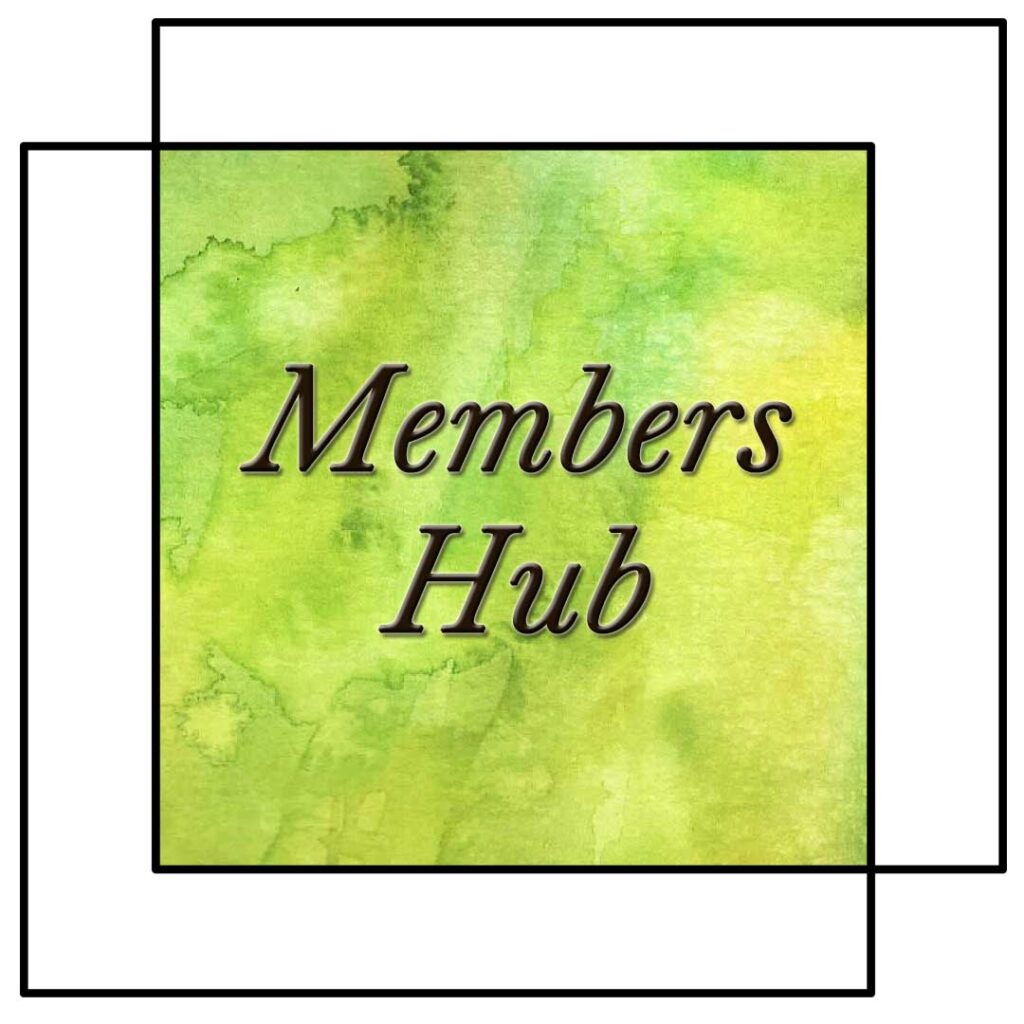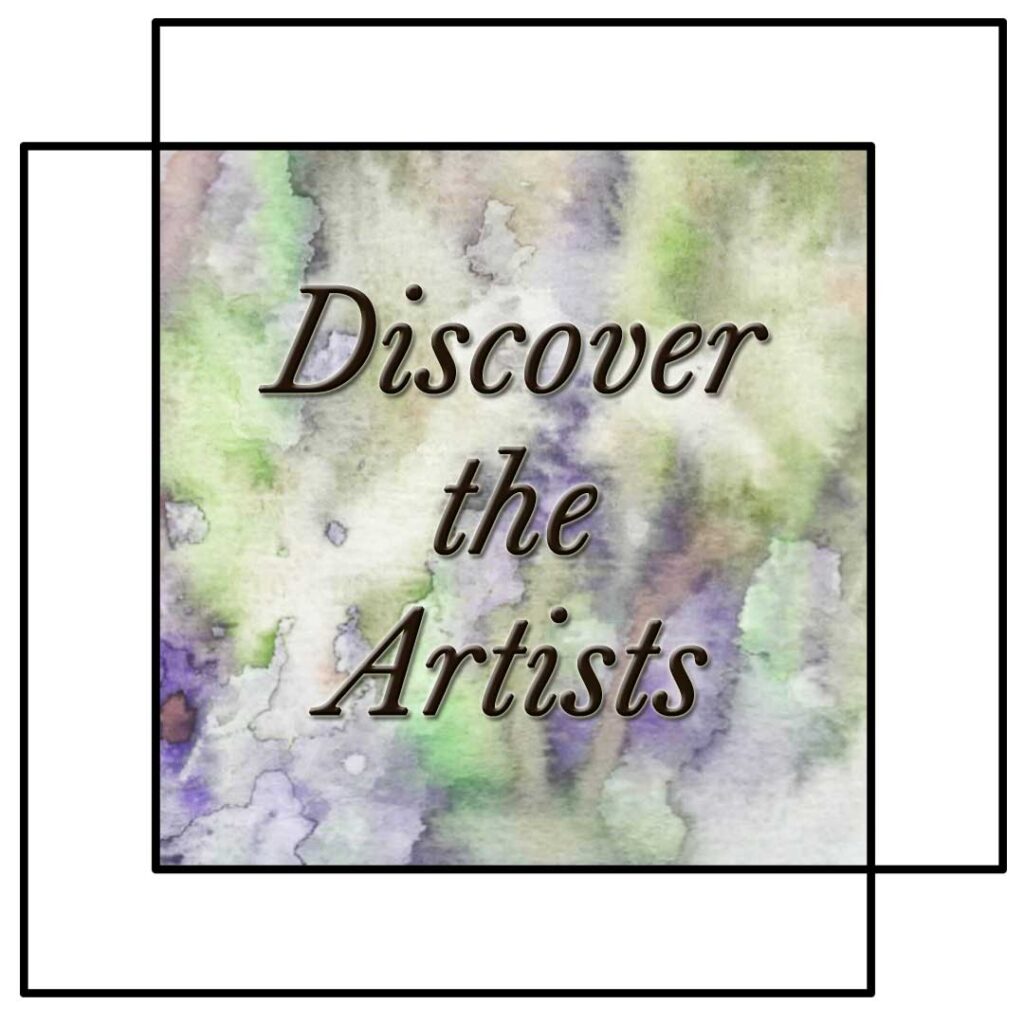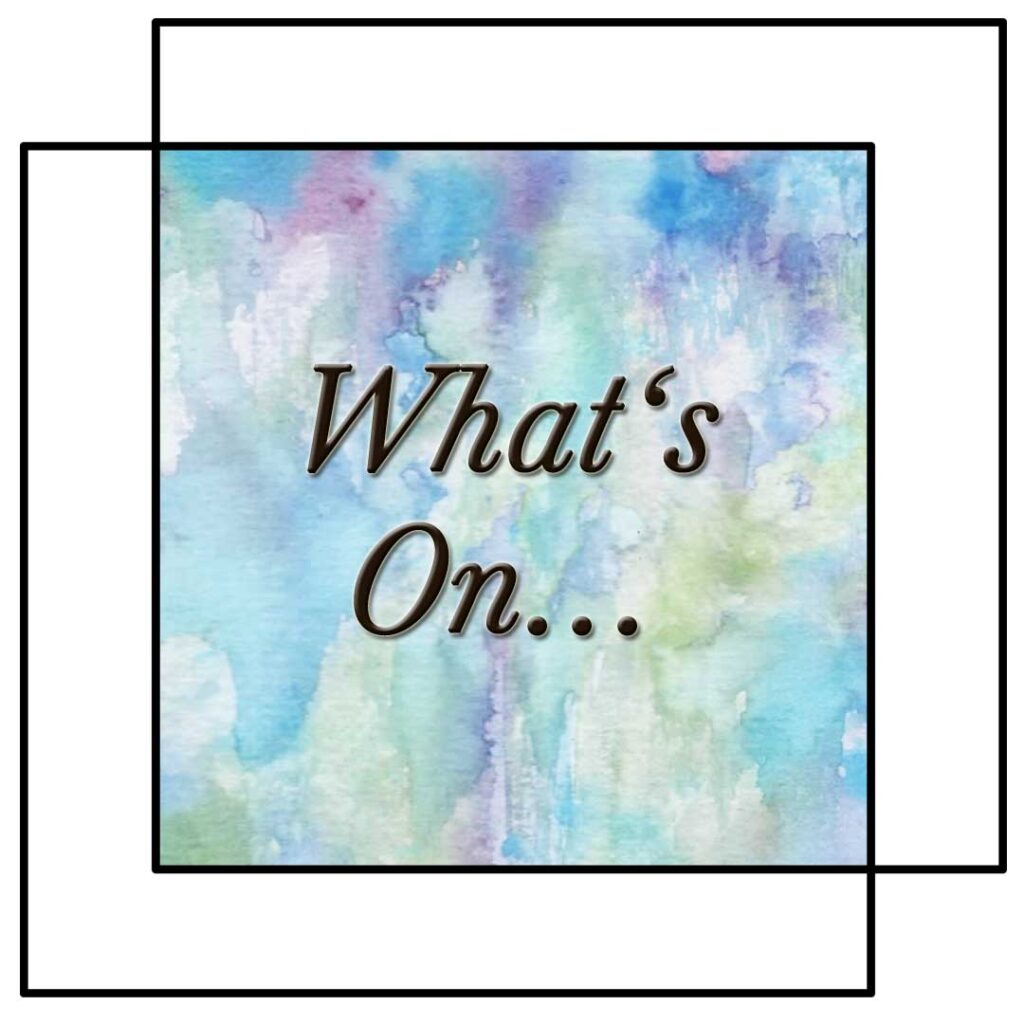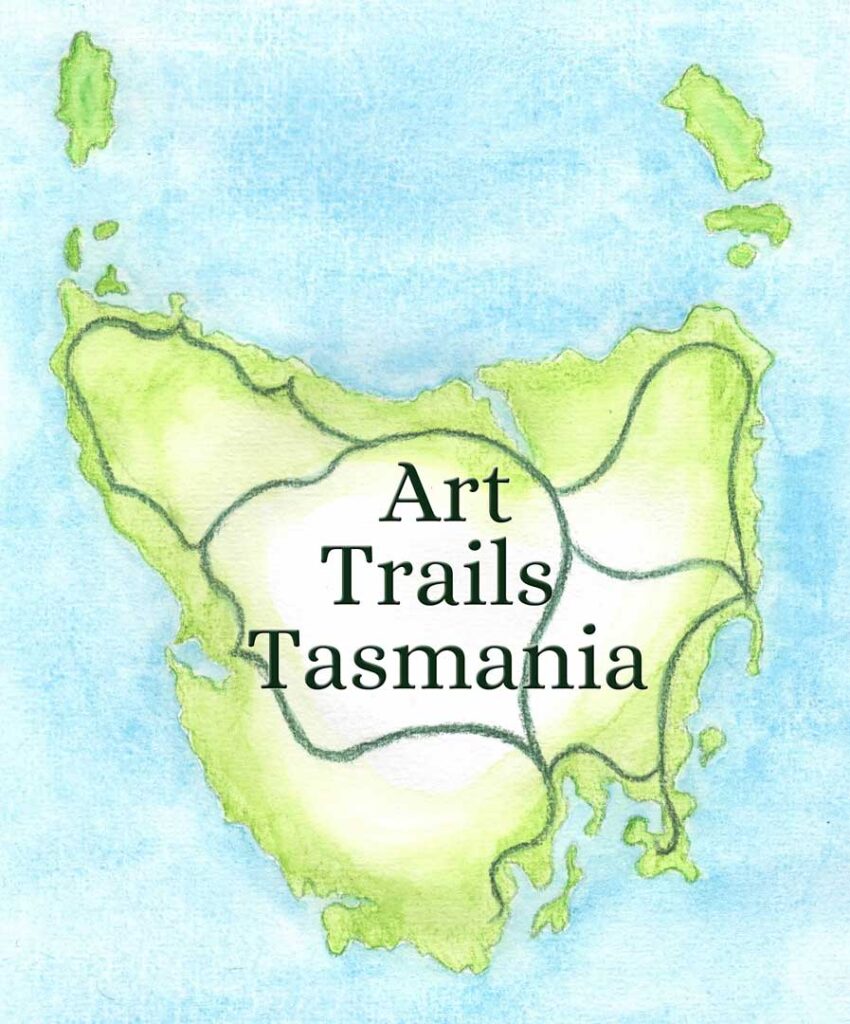10 Sketchbook Practice Ideas
A sketchbook is more than just blank pages – it’s a space where curiosity, play, and experimentation come together.
In Part One, we explored why sketchbooks are such a powerful tool for creative exploration. If you missed it, you can read Discover Creative Freedom Through a Sketchbook Practice Part 1.
Now, let’s dive into 10 fresh, practical ideas designed to spark your creativity and keep your sketchbook practice alive and inspiring.
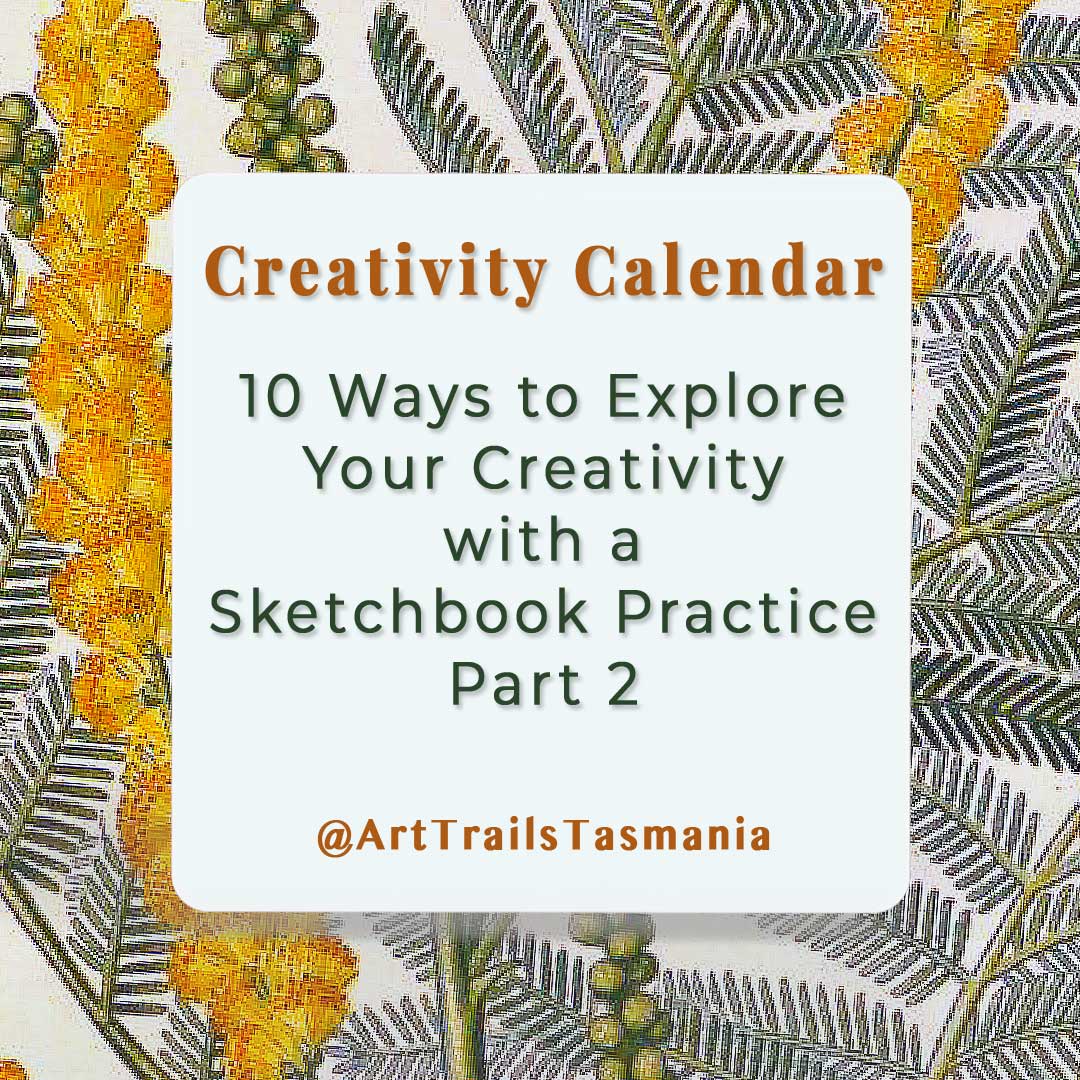
Your Sketchbook Practice Inspiration
Here are 10 ideas to explore in your sketchbook practice, which ones will light your imagination and how will you make them your own?
1. Create a Daily or Weekly Prompt Page in Your Sketchbook
Set aside a page for weekly or daily prompts to kickstart your imagination. These can be simple, like “draw something green” or “use only dots.”
Prompts remove the pressure of deciding what to do and help you jump straight into the creative process without overthinking.
Adding regular prompts also builds consistency, which is key for developing your artistic voice.
Over time, you’ll gather a unique collection of responses, almost like a visual diary. Prompts act as gentle structure, encouraging creativity even when motivation feels low.
2. Build a Mixed Media Inspiration Spread
Choose a colour palette or theme and explore it using a mix of materials; ink, collage, fabric, pencil, watercolour or stitching.
This lets you observe how different textures interact, offering valuable insight into combining materials in future work.
The spread itself can become a reference library, something you can revisit for future projects when seeking inspiration.
It’s also a playful way to push boundaries, mixing unexpected materials and observing which contrasts feel harmonious or striking. Experimenting freely can lead to exciting new techniques and can lead to alternative pathways.
3. Do a “One Medium” Challenge
Limit yourself to one material per page or session, charcoal one day, coloured pencil the next, and see how much you can express with it.
This focused restriction often leads to surprising discoveries and can help you master techniques you might otherwise avoid.
It can also be a great way to purposefully play with and explore your existing art supplies stash.
Committing to one tool makes you inventive, forcing you to explore mark-making, texture, and depth more deeply.
Instead of chasing perfection, you’ll find freedom in exploring limitations. It’s also a practical way to reconnect with neglected tools and rediscover their possibilities.
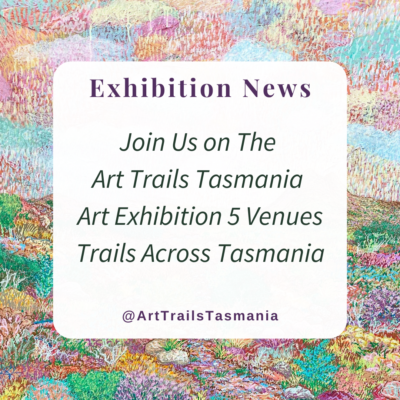
Be Part of the Art Trails Tasmania Art Exhibition
Come on an art adventure across Tasmania as you explore the Art Trails Tasmania Art Exhibition from the mountains to the sea in our five exhibiting venues!
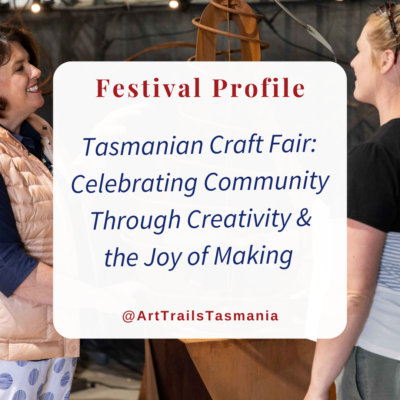
Tasmanian Craft Fair Celebrating Community & Creativity
Explore the vibrant arts & crafts community of Deloraine with the Tasmanian Craft Fair and be part of celebrating creativity, community and making!
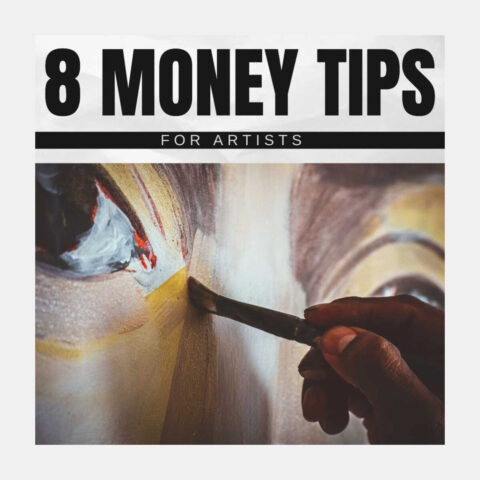
8 Money Tips for Artists
Here are 8 money tips for artists to create financial security and freedom, plus a useful PDF tool and do more things that give you joy by Art Trails Tasmania
4. Collect Found Objects and Incorporate Them in Your Sketchbook
Glue in a leaf, a clothing tag, an exhibition ticket or fabric scrap, and respond to it with drawing, stitching, or writing.
This kind of visual journaling encourages spontaneity and personal storytelling, turning your sketchbook into a record of daily life.
These fragments add tactile richness and context to your pages, weaving together memory with art.
Each object carries its own history, making your sketchbook uniquely personal.
By interacting with them creatively, you transform everyday ephemera into sparks for reflection, imagination, and playful experimentation.
5. Use Your Sketchbook as a Creative Mind Map
Dedicate a few pages to brainstorming ideas; for future artwork, craft projects, colour schemes, or thematic series.
Doodles, notes, swatches and mini mock-ups help clarify your thinking and serve as a launchpad for larger pieces later on.
You can also map emotions, words, or even song lyrics alongside imagery, helping to weave connections between different sources of inspiration.
The freedom of a mind map encourages loose thinking, allowing unexpected themes or visual motifs to surface and spark fresh creative directions.
I find using different coloured pens or pencils really useful with mind maps.
6. Experiment with Intentional Practice Sessions in Your Sketchbook
Sketch a subject in 10 different ways; changing materials, angles, or techniques, to develop deeper understanding and skill.
This method ties beautifully into our earlier story on intentional practice, supporting structured, skill-building creativity.
By repeating subjects with small variations, you build confidence and adaptability.
This practice nurtures patience and persistence, gradually strengthening observation skills.
Over time, you’ll see a visible improvement in technique and expression, while also cultivating a stronger personal style through mindful exploration.
7. Rework Old Pages with New Layers
Go back to unfinished or “messy” pages and layer over them with new materials, collage elements, or fresh marks.
This removes the fear of mistakes and helps you see your sketchbook as a space for continuous evolution, not finished products.
Returning to old work gives you a second chance to experiment without pressure, almost like collaborating with your past self.
These reworked pages can hold fascinating depth, as layers build history and texture.
What once felt discarded may transform into something unexpectedly meaningful.
8. Do a Five-Minute Creative Warm-Up in Your Sketchbook
Before starting any larger art or craft project, use your sketchbook to do a quick five-minute sketch, pattern, or colour study.
It’s like stretching before exercise as it helps you loosen up and enter a creative mindset more easily.
Quick warm-ups reduce perfectionism and get you moving past the blank page, also letting you get out of your own way.
They energise your hand-eye coordination and spark playful curiosity.
Over time, these short bursts accumulate into a library of spontaneous studies, often seeding ideas for more developed, finished artworks.
9. Document Your Artistic Process with Your Sketchbook
Use your sketchbook as a visual diary by recording steps from other projects, including fabric choices, paint samples, and thumbnail sketches.
This creates a valuable reference archive and reminds you of techniques, colour mixes, or ideas you may want to revisit later.
Documenting process also provides perspective on how your skills evolve.
Looking back, you’ll spot recurring motifs, favourite palettes, or problem-solving approaches that define your style.
This reflective record becomes a personal resource, guiding you towards refining and deepening your creative practice. It also lets you see your creative journey of growth.
10. Develop Personal Creative Rituals in Your Sketchbook
Create regular sketchbook routines that suit your lifestyle, Sunday evening colour play, morning tea break sketches, or monthly theme explorations.
Rituals build momentum and help you keep a consistent, sustainable creative habit without it feeling like a chore.
Rituals add rhythm and comfort, signalling to your brain that it’s time to create.
They can become small acts of self-care, mindfulness, grounding you amidst busy days.
Over time, these habits create a dependable anchor for ongoing artistic growth and experimentation.
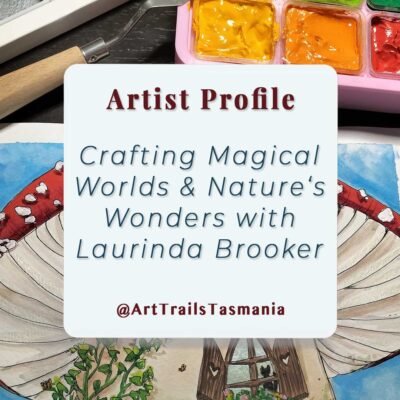
Crafting Magical Worlds and Nature’s Wonders with Laurinda Brooker
Discover magical worlds and nature’s wonders through Laurinda Brooker’s fantasy-inspired art, capturing the essence of Tasmania’s forests in her Artist Profile with Art Trails Tasmania.
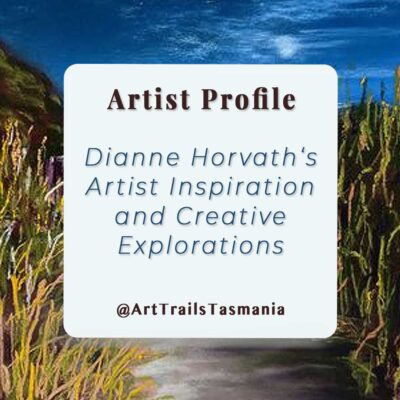
Dianne Horvath’s Artist Inspiration and Creative Explorations
Come meet pastel artist Dianne Horvath on her journey of finding inspiration in Tasmanian landscapes in her Artist Profile with Art Trails Tasmania.
Sketchbook as a Creative Companion
Your sketchbook is your creative companion, it doesn’t judge, and it doesn’t require perfection. It invites play, exploration, and discovery at every stage.
Each of these 10 ideas offers a fresh way to deepen your connection with your materials, your subjects, and your creative self.
Combined with Part One, which introduced sketchbooks as a safe, flexible space for creative experimentation and this post offers a toolkit to start or enhance your practice.
You can also return to earlier blog stories on urban sketching, nature journaling, and budget-friendly sketching kits, all of which tie beautifully into sketchbook use.
Whatever methods or mediums you choose, remember: it’s not about the result – it’s about showing up for your creativity, again and again.
So grab your sketchbook, pick one of these ideas, and let your hands, heart, and imagination lead the way.
What’s Next
It is so easy to read a story and think “oh, that’s great, I should do that” and then time and opportunity zip past.
So what two or three ideas here sang to you? Or maybe have sparked your own ideas on how to vary the concepts?
Write them down in your diary, sketchbook, planner, even on an app on your phone so you can give them a go.
Maybe even set yourself some time to experiment. Fortunately even just 5 minutes can be a great entry path.
No Results Found
The page you requested could not be found. Try refining your search, or use the navigation above to locate the post.
Read the Latest How To Blog Stories
No Results Found
The page you requested could not be found. Try refining your search, or use the navigation above to locate the post.
Read the Latest Blog Stories and Flourish…
The Magic in Framing the Personal and the Precious with Greg Dennis
The Buzz in Framing the Personal and the Precious The biggest buzz from framing is, I find, the moment when our clients, particularly artists who have spent sometimes hundreds of hours creating their piece, come back into our studio to collect, and the looks on their...
Call Out for Kids Workshops and Classes
Call Out for Workshops and Classes for Kids It's time to share your workshops and classes for kids that you have happening across Tasmania on our Facebook and Instagram pages. It's coming through loud and clear from our members' Artist Profiles that being supported...
A Time Dissolving Yearning to Create Experience with Maria Oakley
Meet Maria Oakley as she explores her call to create I feel a calling to create and a need to yield to the yearning to create. Creating that special piece for someone and watching how it resonates with them is an amazing feeling. Painting for me produces a meditative...
Pulling the Strands of Stories Together with Debra Williams
Meet author Debra Williams as she pulls the strands of stories together Whilst thinking through storylines can be a lot of work, I find joy when an idea or outline comes together. Being able to write both creative and inspiring stories for a wide age group. This is a...
Out of Hand Exhibition by Members of Stitching and Beyond
Indulge Your Love for Textile Arts at the Out of Hand Exhibition ‘Out of Hand’ is an exhibition by members of Stitching and Beyond that celebrates the creative works of its members. The works, created in the last two years, showcase the diverse and innovative...
Submerging into the Solitude of the Studio in the Paddock with Katherine Tyson
Meet the Artist in the Paddock, Katherine Tyson My art allows me to create an image that is always a surprise to me. I welcome the solitude of the studio away from my daily duties. The Eternal Inspiration I love the variety of the landscape and seascape: the changing...
A Love for the Ancient Craft of Botanical Dyeing with Aukje Boonstra
Meet Aukje Boonstra as she explores her love for the ancient craft of botanical dying My discoveries and evolving of the fascinating ancient craft of Botanical Dyeing will never cease to fascinate me. It is the whole process of gathering, processing, the simmering in...
Bay of Fires Seascape Workshop with John E Gibb
Come to the Bay of Fires Seascapes Workshop with John E Gibb In this workshop you will produce a painting from start to finish using ideas gleaned from your own digital images of Binnalong Bay, Bay of Fires coastline. So the theme is coastal, with an emphasis on water...
Exploring the Varied Process of Creating Art with Wendy Galloway
Meet Wendy Galloway & her Passion for the Varied Processes of Creating Art I love how you can start out with the seed of an idea, or even no idea, and work your way forwards via choices and accidents. Often the result of it all is to arrive at what could be an end...
Read What Our Members Say About Belonging
Join the growing, supportive artists community today and have your Artist story told here.
Belinda is doing a great job creating a professional looking artist hub online. Check out the profile I posted recently to see how well she does them. To all my artist friends let’s help make this THE go to place to discover local artists.
You won’t regret joining Art Trails Tasmania . It’s a welcoming community for creatives at any career stage.Becoming an Art Trails Tasmania member wasn’t a hard decision for me to make as it’s such a wealth of knowledge and support.Being member provides a quality way to showcase your creative endeavours and it’s quickly growing in reach.
We operate a home based picture framing business and recently joined Art Trails Tasmania as a means to giving us exposure to the wider artist community. We have almost immediately seen increase in activity thru our online sites, which I am certain will lead to more opportunities to grow our business.

